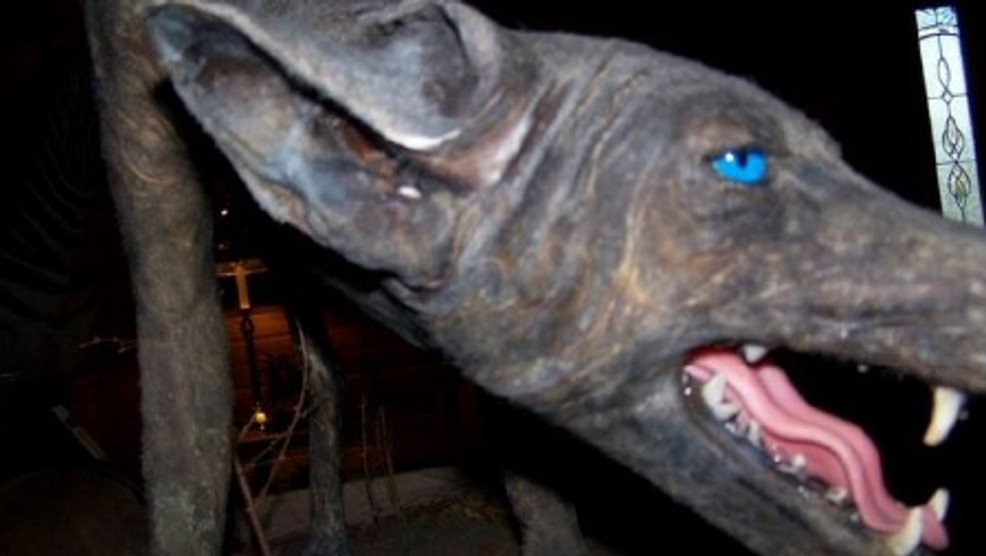
when Horror Yearbook – Mystery of Chupacabra has intrigued and baffled people for decades. This blood-sucking creature, which originated in Latin America, has inspired countless stories and theories. But the question remains: does the Chupacabra really exist? And what is the truth behind the terrifying legend of this bloodthirsty creature?
The term “Chupacabra” translates from Spanish as “goat sucker,” which gives insight into its terrifying behavior. The creature is believed to attack livestock, particularly goats, and drain their blood. The first reported sighting of the Chupacabra occurred in 1995 in Puerto Rico, where animals were discovered dead and drained of blood. Since then, sightings have been reported in other parts of Latin America, the United States, and even as far as China. The legend continues to spread, capturing the imaginations of people everywhere.
Witnesses of the Chupacabra often describe it in varying ways. Some have likened it to a kangaroo, emphasizing its large, glowing red eyes. Others have described it as resembling a hairless dog or a wild dog. There are even those who believe the Chupacabra might not be of this world. Some reports claim the creature walks on two legs, despite allegedly having four. This inconsistent portrayal adds to the creature’s mystique and keeps the legend alive.
“Read about: From Bigfoot to Chupacabra: The Fascination with Cryptids and Urban Legends”
Scientists have put forth several theories to explain the Chupacabra sightings. One of the most plausible is that the creature may be a wild dog suffering from mange, a disease that causes hair loss and leaves the animal with an unusual, skeletal appearance. Some also suggest the animals could be afflicted with ticks or other parasites that cause the creatures to appear sickly and disfigured. While no one has been able to confirm the existence of the Chupacabra, these theories provide logical explanations for the animal attacks attributed to it.
People have reported sightings of the Chupacabra not only in Puerto Rico but also in other countries, including Mexico and the United States, where they have found animals with puncture wounds and blood loss. In some cases, people have attributed these attacks to the Chupacabra. Some even claim to have seen the creature in distant regions like China, making the legend a truly global phenomenon.
“Read more:Communities Play an Important Role in Cultural Development”
The Chupacabra has become an enduring figure in folklore and popular culture. It has appeared in movies, TV shows, and books, further fueling its place in the collective imagination. As a symbol of the unknown, the Chupacabra represents fear and curiosity, and its mystery has sparked a desire to uncover the truth behind the creature.
Despite the many theories and reports, the Chupacabra remains an unsolved mystery. No definitive proof has been found to confirm its existence, and the creature continues to be the subject of debate. Is it a real animal, a rare disease afflicting known creatures, or simply a myth? As the legend of the Chupacabra persists, it continues to captivate and mystify people all over the world.